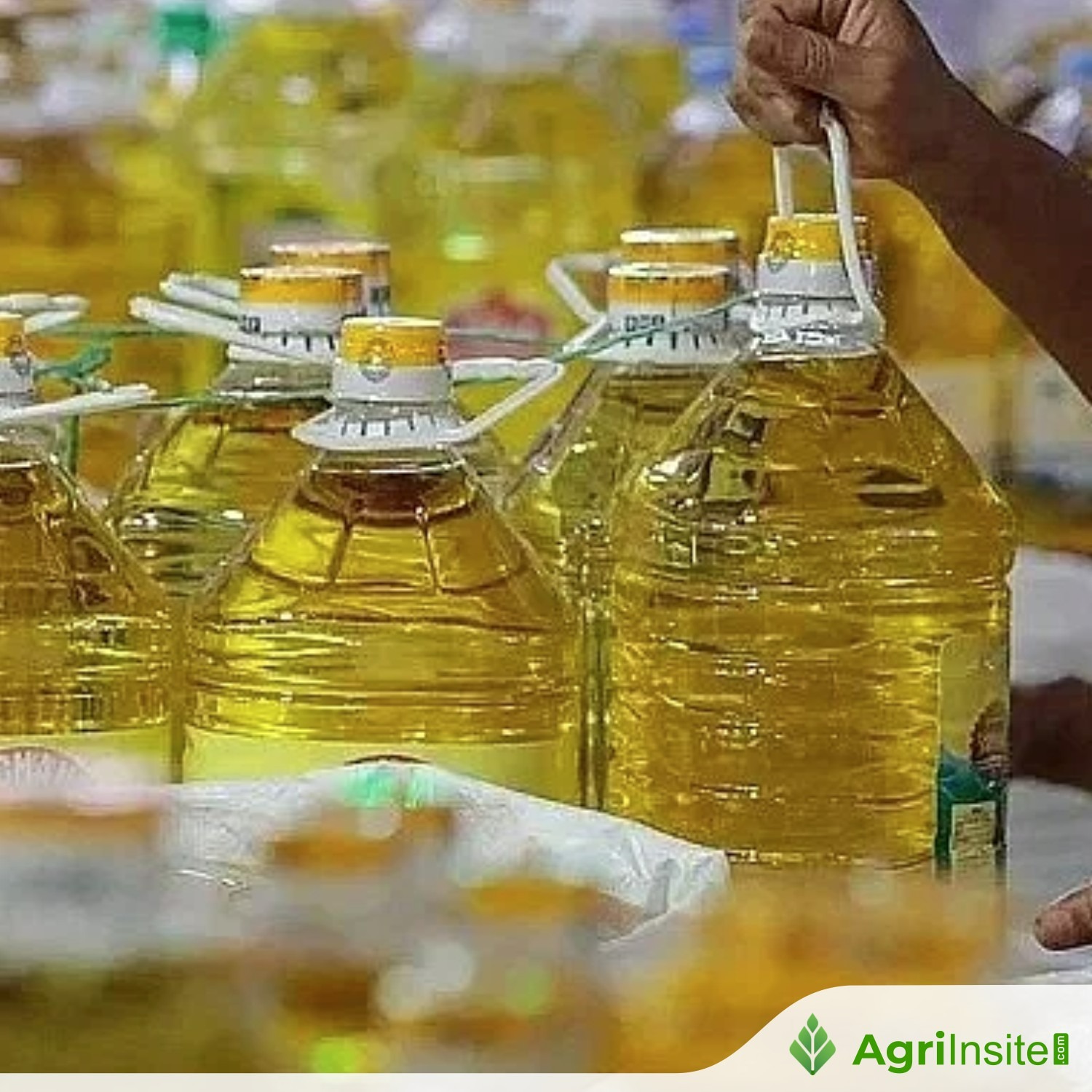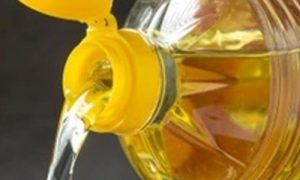Edible oil imports decline by 8.78% in the first 8 months of current oil year

India’s edible oil imports fell 8.78% to 92.08 lakh tonnes in Nov–June 2024–25 due to lower palm and sunflower oil imports. Soybean oil imports rose sharply. SEA urged the release of oilseed stocks to stabilize prices. Kharif oilseed sowing rose 12.3% amid good monsoon rains, boosting domestic prospects.
A decrease in the import of palm oil and sunflower oil during the first eight months of the oil year 2024-25 (November-October) led to an overall decline of 8.78 per cent in edible oil imports.
Data compiled by the Solvent Extractors’ Association of India (SEA) showed that India imported 92.08 lakh tonnes (lt) of edible oil during November-June of the oil year 2024-25 against 100.95 lt in the corresponding period of the oil year 2023-24.
India imported 42.85 lt of palm oil (including crude palm oil and RBD palmolein) during the first eight months of the oil year 2024-25 as against 57.63 lt in the corresponding period of 2023-24. Sunflower oil imports declined to 18.92 lt during the same period, from 24.63 lt a year ago.
India imported 30.30 lt of soyabean oil during the first eight months of the oil year 2024-25 against 18.68 lt in the corresponding period of 2024-24.
However, the import of palm oil increased to 9.55 lt in June 2025 against 5.92 lt in May 2025, and sunflower oil increased to 2.16 lt in June 2025 against 1.83 lt in May 2025.
A statement by SEA said that these import figures do not include import of about 3.5-4 lt of refined edible oil from Nepal over the past six months.
Oilseeds stock
BV Mehta, Executive Director of SEA, said that NAFED, HAFED and NCDEX are currently holding approximately 14 lt of soyabean and similar quantity of rapeseed.
“In view of the rising prices of edible oils, the Government of India may consider releasing a substantial quantity of these stocks into the market over the next three months, ahead of the upcoming harvest,” he said, adding kharif soyabean crop harvest is expected in just two-and-a-half months. Early liquidation of these stocks will help stabilise prices during the festive season.
Timely action will not only benefit consumers but also ease the financial and logistical burden on the government agencies, while supporting overall domestic availability of edible oils, he said.
Kharif crop
On the monsoon rainfall scenario and kharif oilseed crops, he said the all-India cumulative monsoon rainfall is 15 per cent above normal as of July 9. The early onset of monsoon in key oilseed-growing regions has significantly boosted kharif sowing activity, especially for groundnut and soyabean, while cotton has shown a steady increase.
As on July 4, total kharif oilseed acreage stood at 108.21 lakh hectares (lh), registering a 12.3 per cent increase compared to 94.90 lh last year. Of this, area under groundnut is 26.74 lh (17.73 lh last year), soyabean 79.04 lh (75.46 lh) and cotton 79.54 lh (78.58 lh).
Major exporters
SEA data showed that Indonesia exported 12.49 lt of crude palm oil (CPO) and 8.17 lt of RBD palmolein during November-June 2024-25, followed by Malaysia at 13.91 lt of CPO and 1.29 lt of RBD Palmolein.
During the first eight months of the oil year 2024-25, India imported 18.34 lt of crude soyabean degummed oil from Argentina followed by 6.63 lt from Brazil, 1.88 lt from the US and 1.62 lt from Russia.
India imported 10.43 lt of crude sunflower oil from Russia during November-June of the oil year 2024-25. This was followed by Ukraine at 4.42 lt and Argentina at 2.39 lt.
To Read more about Edible Oil News continue reading Agriinsite.com
Source : The Hindu Business line
















